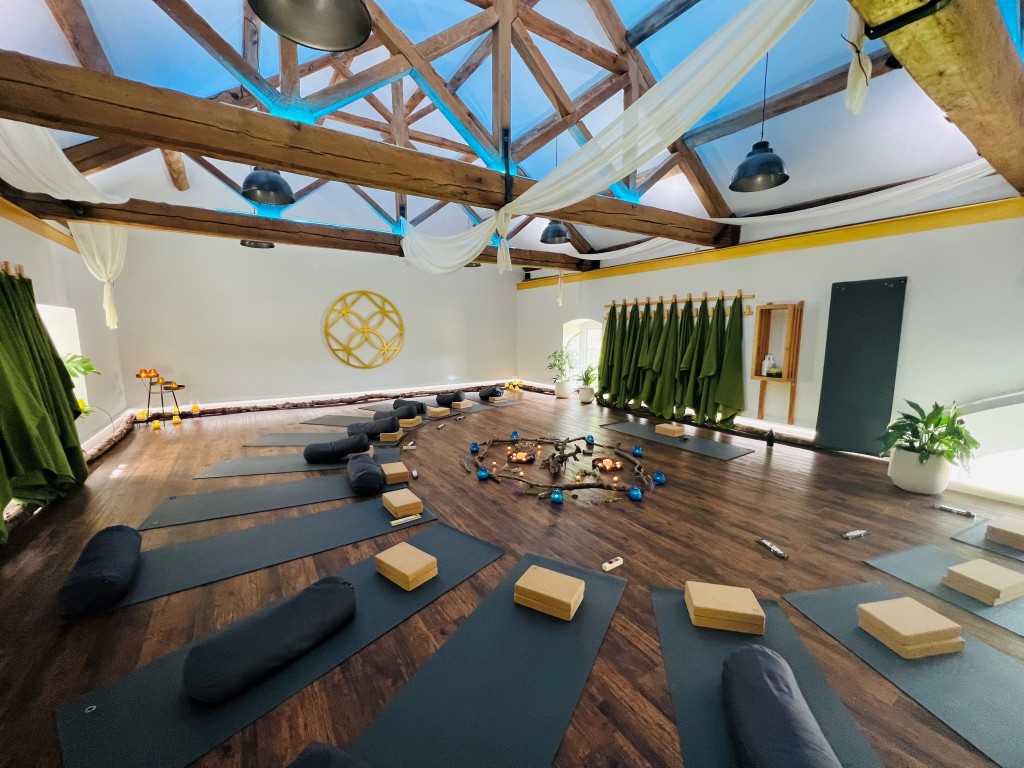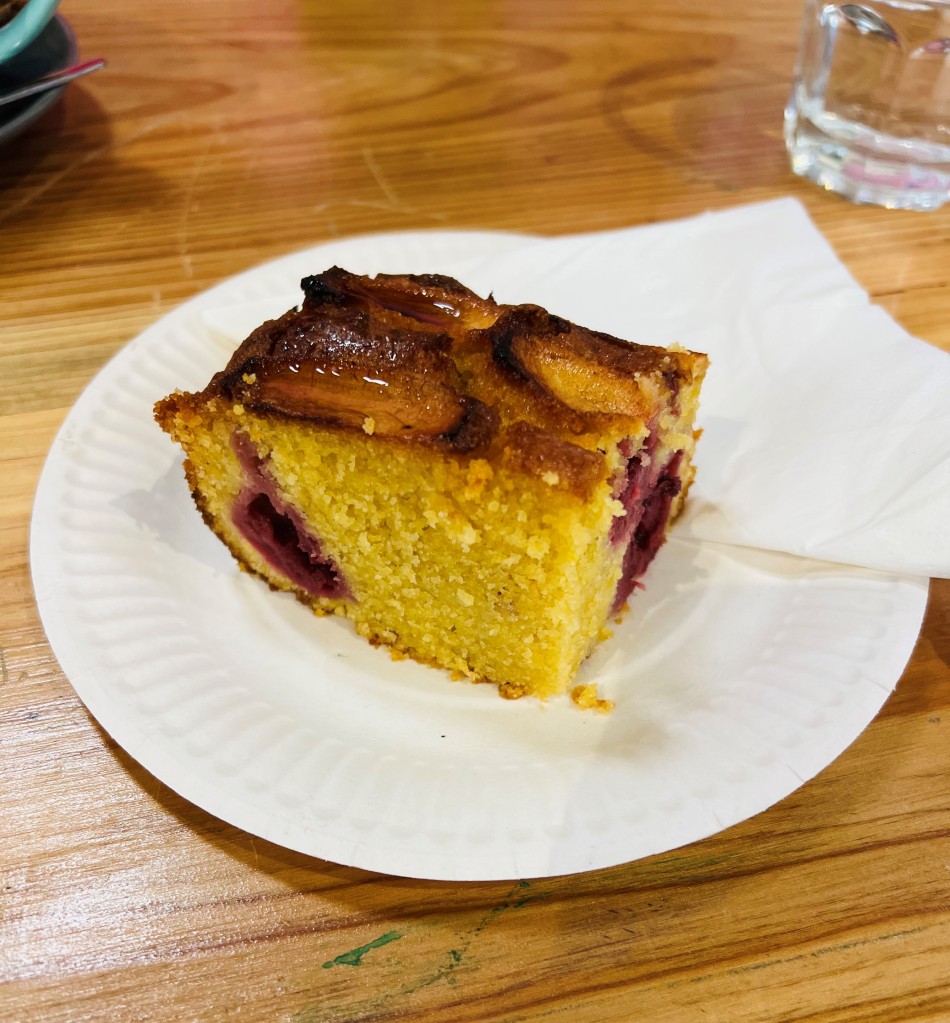We all know that if we want to see the mental or physical benefits of yoga, we won’t get them by only doing a class every once in a while. We should set aside regular time and space to be there, fully there, for our practice.
But…
Life is busy and things pop up to steal away our attention.
This post isn’t about making anyone feel guilty for putting other things before their yoga practice – we all do it, and sometimes it does feel really hard to justify putting yourself first. But, we need to! Yoga is so good for the mind and body, and we need to find time for ourselves in our ever-busy calendars.
Here are a couple of my tips for how you can make time for your yoga.

Find what works for you
What is the best time for you?
I have experimented with practising at different times in the day and found what works for me. I’ve tried to get up and out of bed at 5.00am, but it was just too early for me and it was too easy for my brain to convince me that being in bed is good, being out of bed is bad. Instead, I’ve found that if get up at 7.00am, stick the kettle on, and then do some gentle movement for 20 minutes to wake up my body with some pranayama (while my cup of tea is cooling), this works better for me then trying to do a full practice first thing in the morning. In the evening, after work, is when I do my main asana practice. Sometimes this is at home, but mostly I like to go to a studio class. I have found that having a practice later in the day works so much better for me and accepting that I am not an early morning yoga person has actually been a bit of a relief (more on that later)!
Where are you going to practice?
If you’re practising at home try to find a space that is away from other distractions and has a calming atmosphere. Somewhere comfortable and where you feel at ease: you won’t be able to give the practise your full attention if you’re worried about being disturbed. If there are other people in your home, tell them this your time to practise and be firm! You’ve got this.
If being at home isn’t an option, try going to a local studio or gym and book a class. I know it can be a bit daunting the first time, but I love the energy and sense of community you get with a studio class. I’m also very grateful to live close to some fantastic teachers who inspire me, challenge me, and guide me. There’s a class to suit everyone and it might take some effort initially to find it, but it is worth it; there are some great teachers out there who can help you to deepen your understanding of yourself and yoga.
Booking yourself into a class is also a great mental prompt – you’re booked in and you’ve probably had to pay to secure your spot. So, when 4.50pm rolls around and you start to consider going straight home rather than to that 6.00pm class you booked last week, just know that you have made a commitment to yourself (and to your teacher), and you should uphold it.
How much time do you have?
Be realistic about the time that you have available. Don’t try to force in an hour long practise every morning before work if you don’t have the time – you’ll only end up annoyed at yourself for not doing it, or not getting the full benefit. Remember, it’s meant to feel good not rushed! Doing 5 minutes of pranayama is just as powerful as doing 75 minutes of the Ashtanga primary sequence. Listen to what your body needs at that moment and honour that.
Yoga is not just the physical postures
Yoga is made up of the ‘Eight Limbs’ and Asana, or the practise of postures, is only one part of ‘yoga’ (which means to yoke, or connect), and each limb is equally as important. They include:
- Yama – restraints, moral disciplines, or moral vows
- Niyama – positive duties or observances
- Asana – postures
- Pranayama – breathing
- Pratyahara – sense withdrawal
- Dharana – concentration
- Dhyana – meditiation
- Samahdi – bliss or enlightenment
Sitting still in meditation is yoga, concentrating on your breath is yoga, practising the yamas in your daily life is yoga, and holding tree pose is yoga. You can do it anywhere and anytime – yoga is always there for you.
Make things as easy as possible for yourself
I’m not perfect by any stretch of the imagination. I wish I could float to my mat each day but I can be very easily distracted by external influences. If I’m not careful I can find that that thirty minutes I put aside for yoga has been swallowed up by watching reels and posts. Very guilty. So, make things as easy as possible for yourself. Whether you’re getting up early to go to class, or making the effort to do it when you get home after work, set it up so that you don’t have an excuse to avoid it: make it so that it’s harder to say no, than it is to just get into that downward facing dog. Remember, you’ll feel so good after!
Try having your mat out and ready so you can literally roll straight out of bed and onto it in the morning. Or pack your bag the night before so you and your favourite yoga pants are ready to go straight after work. Put a block in your calendar so nothing else can be booked in.

Comparison is the thief of joy
Finally, this is your routine for you. Yoga is such a personal thing and what works for some people doesn’t work for others. I used to lie in bed at 5.00am guiltily looking at Instagram and see other yogis on their mats saying how great it was to be up early – and I’m sure for them it was! Everyone has their own preference. Unlike me, you might have children or family members that need attention first thing in the morning, so you have to be up early to practise, or you might have to wait until everyone has gone to bed to find your perfect time. You might love those 5.00ams and be wondering what on earth I’m talking about wanting to stay in bed. We all have our preferences and things that work for us. Our routine is one of them. Enjoy it, do it, own it. You don’t have to answer to anyone.
Self-discipline
Finally, exercising self-discipline and acceptance. Practise makes perfect, and while perfection isn’t what we strive for in yoga, showing up for ourselves again and again is.
Find the time, put the phone down or turn the TV off. Unroll your mat or even just grab a cushion and sit down. Accept that there are some days when a pose will feel easy and some days when it won’t, there will be some days when your balance is perfect and some days when it definitely won’t be. Accept that there are some days when the last place you want to be is sat in meditation… but that is probably the day you need it the most. Forgive yourself on the days of not wanting to do it and then do it anyway, and celebrate yourself on the days that you do. You know that you will never regret a yoga practice.














